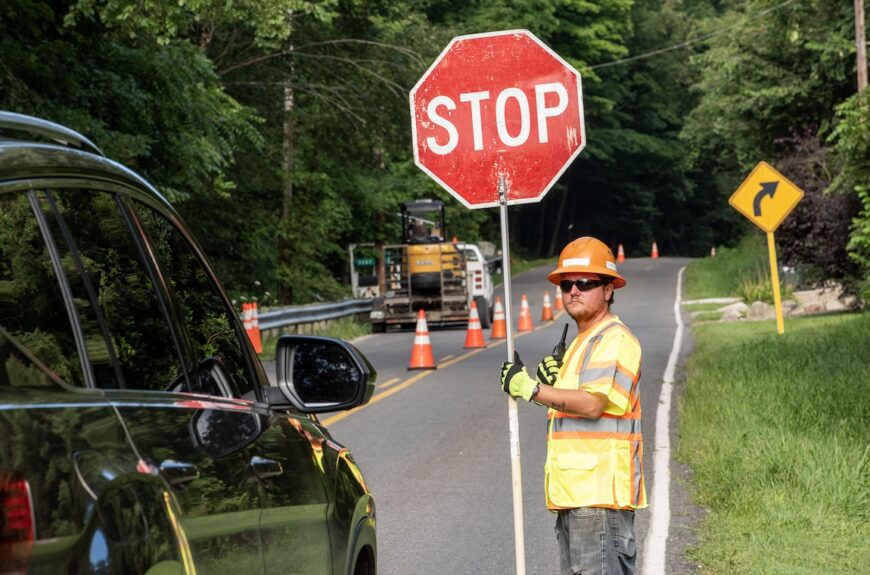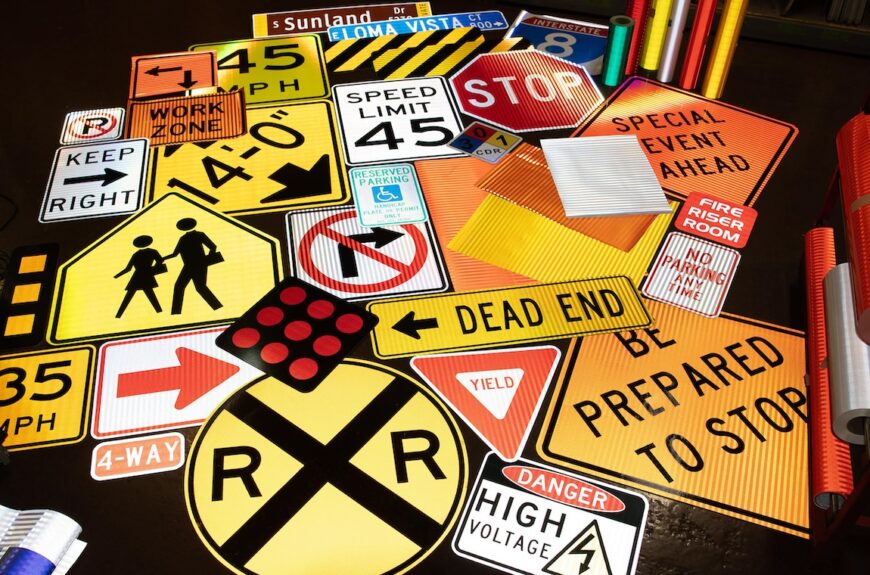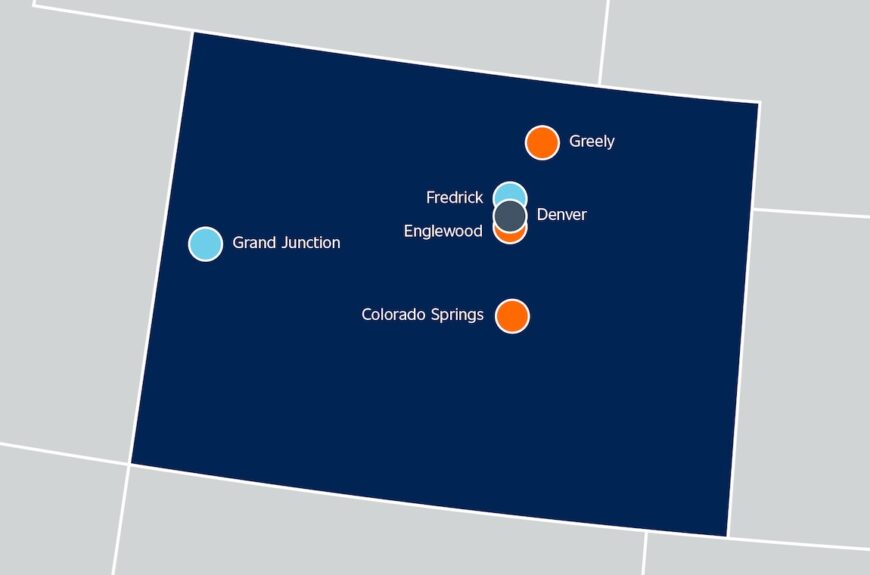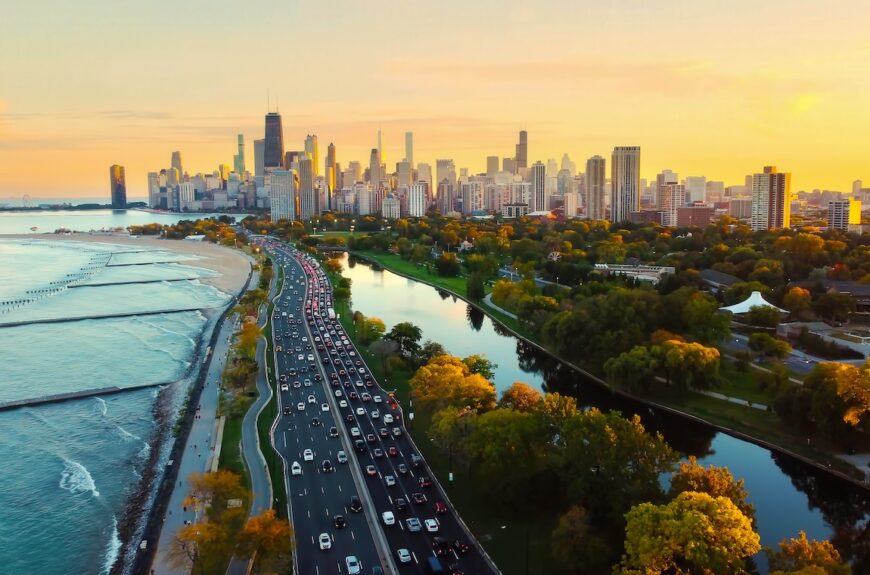
Why You Should Think Twice Before Self-Flagging: Insights from AWP Safety
Utility, broadband, and infrastructure crews often find themselves working under tight budget constraints and pressure to deliver quick results. In some cases, this leads to the decision to manage traffic control internally rather than partnering with a professional traffic control service provider.
Avery Askew, area manager for AWP Safety in Connecticut, says that decision can come with significant safety risks and hidden costs.
Small Projects Can Still Have Big Consequences
“Hiring a traffic control partner might seem like overkill for crews working on a smaller scale,” Askew admits. “A township team handling a quick roadside repair or a local road crew filling potholes might feel like their project or budget doesn’t justify bringing in outside help.”
Regardless of a project’s scale, the risks are real. Traffic control isn’t just about holding a sign. It involves strategic planning, deep knowledge of safety protocols, and a proactive approach to prevent dangerous situations.
“In most self-flagging scenarios, the crew just doesn’t have the necessary training and certification to do it safely,” Askew says. “If safety is the top concern, it’s always a better choice to bring in traffic control experts.”
Why Professional Traffic Control Matters
Professional flagging teams like those at AWP Safety are committed to safeguarding both work crews and the public. Also known as Protectors, flaggers are trained in best practices, know how to establish compliant work zones, and are backed by a system of checks, oversight, and emergency protocols.
“Everything we do in a worksite is designed to prevent accidents,” Askew explains. “We recently had a distracted motorist enter a work zone. Our Protector, alert and proactive, dove out of the way and blew his whistle to alert the contractor. And because the taper and buffer zone was set up correctly, the motorist was able to come to a safe stop without hitting our crash truck.”
Such incidents are a reminder that even the simplest worksites require precise equipment, layout, and readiness to respond — something most self-performing crews aren’t prepared to manage alone.
Professional Traffic Control Saves Lives
Area Manager, Avery Askew shares more about an accident prevented by expert planning and quick thinking of AWP Safety professionals.
If you Must Self-Perform, Train Your Team
While the gold standard is always to hire a professional, Askew recognizes that some companies may still opt to self-perform. In these cases, proper training is non-negotiable.
“Get them ATSSA-certified,” he urges. “The American Traffic Safety Services Association (ATSSA) offers a variety of certification programs for road and highway safety professionals and is widely regarded as the industry benchmark.”
Even on smaller projects, there are often hidden complexities—like permit requirements, coordination with law enforcement, and specialized equipment setups. Companies that choose to self-perform flagging still need consider where they will get equipment and how they will get necessary permits.
“It’s important to think through everything a project will require from start to finish,” Askew notes. “That’s the kind of burden a company like AWP Safety takes off a contractor’s shoulders.”
3 Key Factors For Choosing the Right Traffic Control Partner
- Safety Record – Look into a company’s safety history and review how it fosters a strong safety culture. You can start by doing an Establishment Search at OSHA.gov
- Customer Service – Talk to your industry peers about how the company handles last-minute disruptions or changes. They usually tend to be very honest about the partners who perform well and those who let them down.
- Team Mindset – Make sure your partner holds pre-job safety meetings with your crew and theirs to ensure everyone is on the same page. Work crews and their traffic control contractors must work together to ensure a safe, efficient and productive worksite.
Safety Culture: Do you Have It?
Finally, Askew notes that having a workplace culture for safety, and the processes and procedures to support it, are crucial for safe worksites. At AWP Safety, internal teams like Environmental Health & Safety (EHS) ensure that every team member follows standardized procedures and best practices across all projects. It’s a culture built on accountability, consistency, and a commitment to the people who build and maintain critical infrastructure.
“It’s literally our job to safeguard the industries building the next generation of sustainable, resilient infrastructure,” says Askew. “We take it really seriously.”
Contact us to discuss your next project with a dedicated AWP Safety Sales representative.



